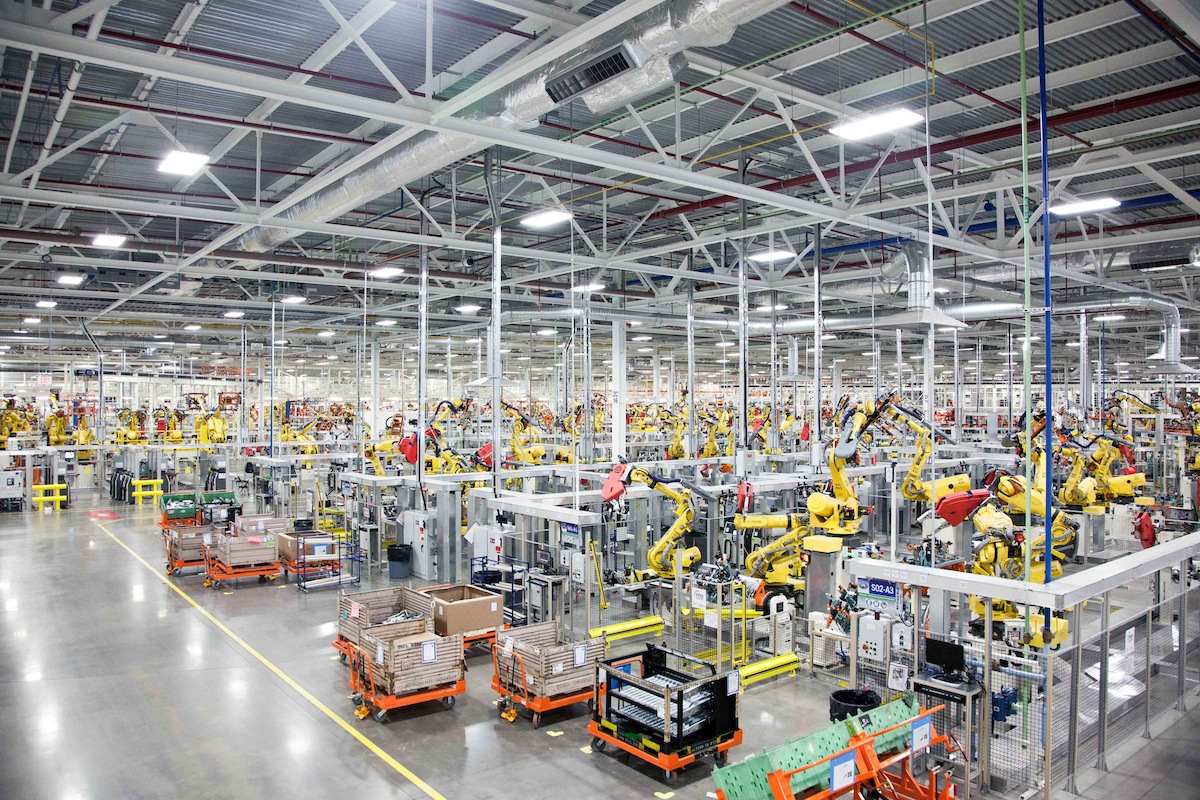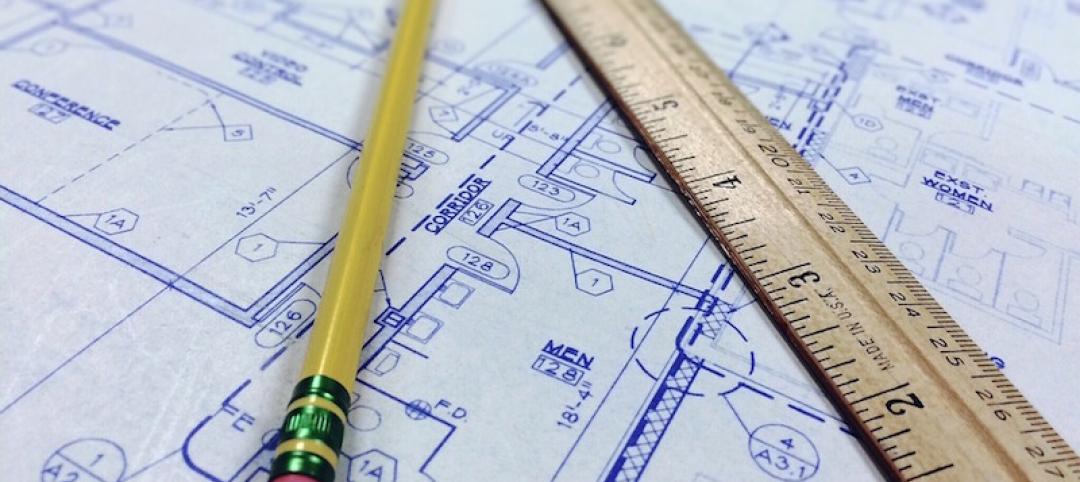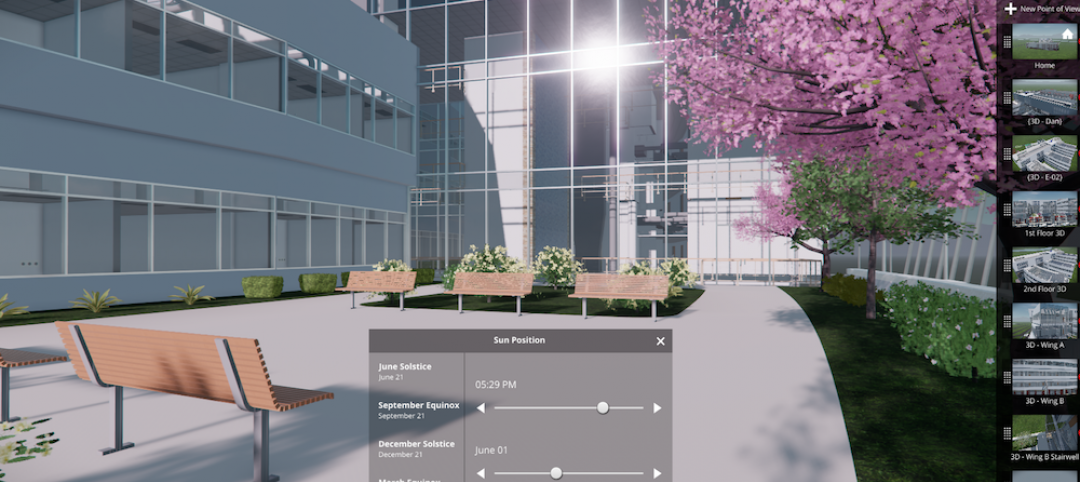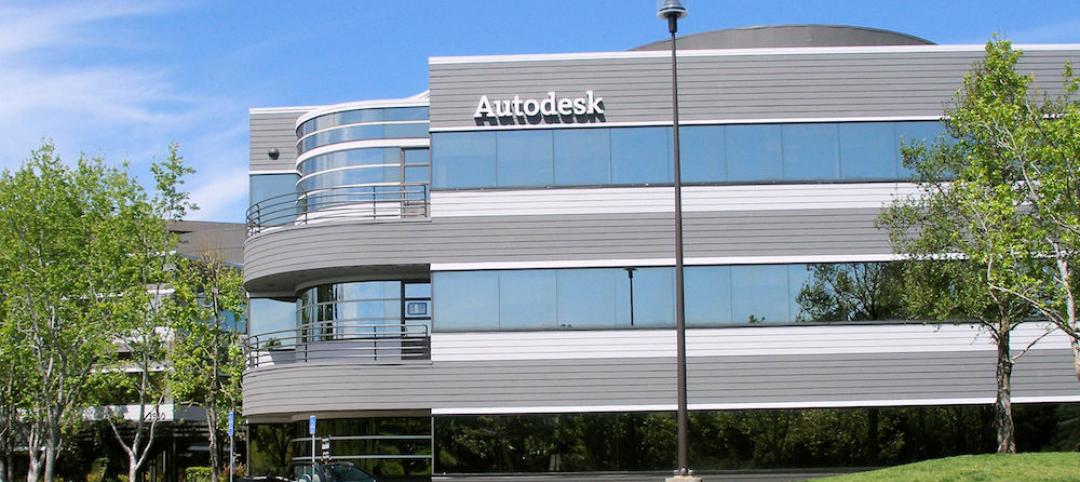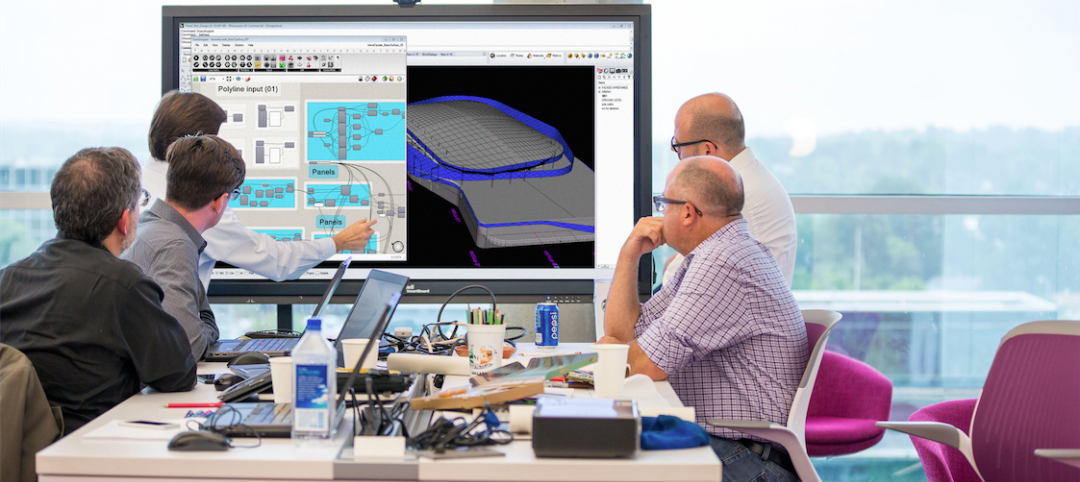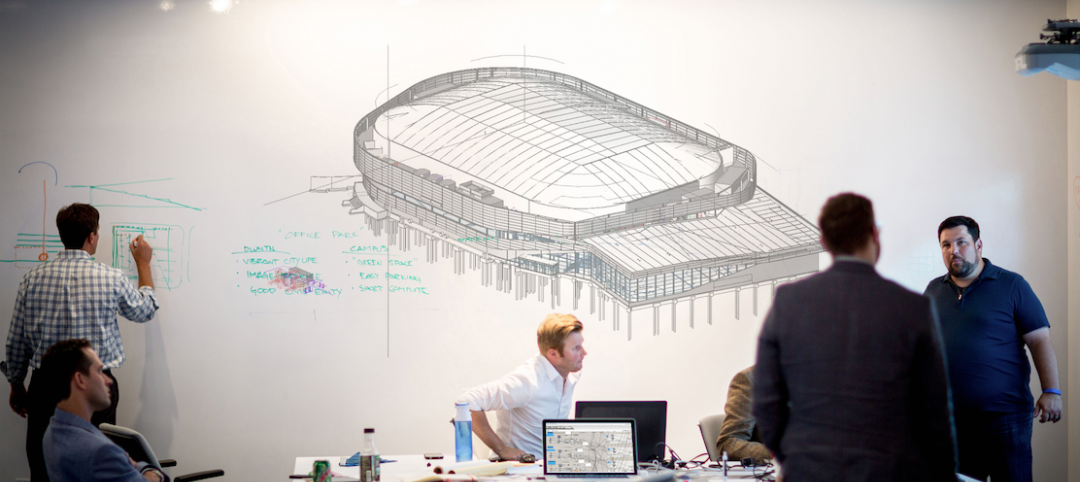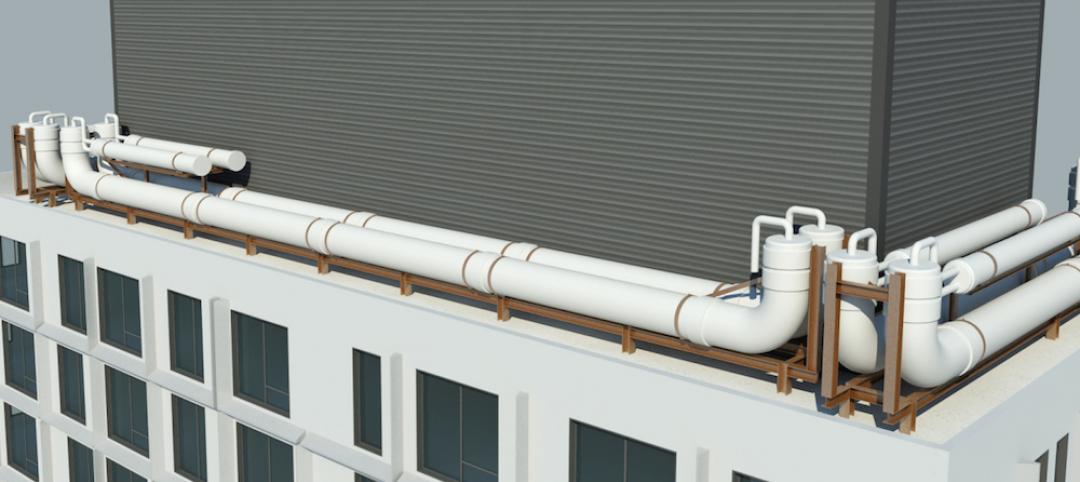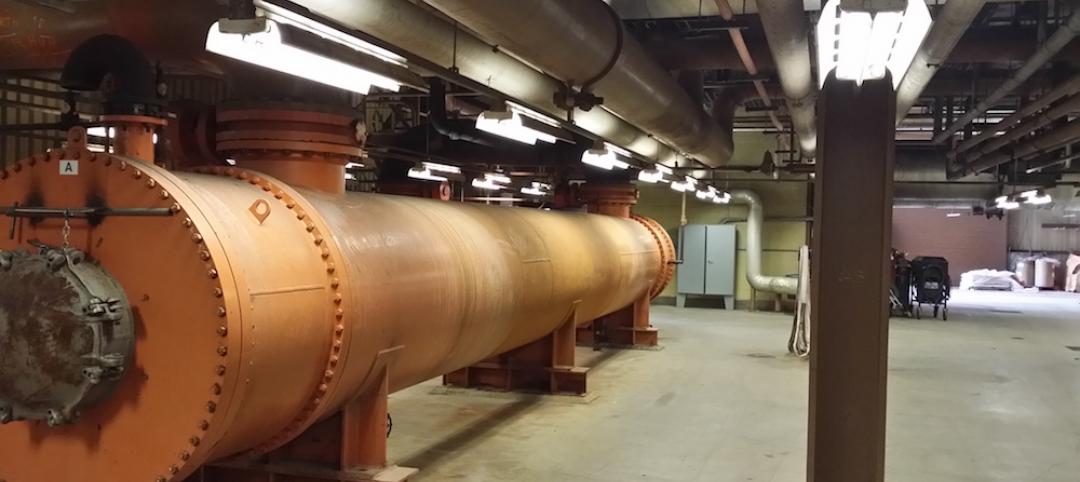Global engineering and design consultantcy Arup launched "Rethinking the Factory," a report exploring the emerging trends, processes, and technologies that are transforming the manufacturing landscape. The report examines how the introduction of new technologies such as 3D printing, self-cleaning and self-healing materials, human/robot collaboration will lead to faster, more efficient and environmentally friendly production.
While many believe robots will replace humans in the factories of the future, the report, developed by Arup’s Foresight + Research + Innovation and Science and Industry teams, suggests collaboration between the two will be key. The integration of cameras and smart sensors already allow robots to adapt to their external environments.
Increasingly intuitive, their ability to infer a full task after being shown just a portion of it will enable workers to serve as robot supervisors, operating machinery and controlling smart production processes such as program and systems management and data analysis, rather than participating in manual labor. The increasing technicality of factories will mean that employees with STEM[1] skills will be particularly sought after, further exacerbating the international shortage of highly skilled workers, set to reach 40 million by 2020.
Beyond machines, new materials have the potential to improve the production process and increase product performance. A variety of self-healing and self-cleaning materials are being developed—such as bio-inspired plastic, which replicate the strength, durability, and versatility of a natural insect cuticles—which are capable of repairing damage without human intervention. These technologies will extend the lifetime of manufactured goods and reduce demand for raw materials.
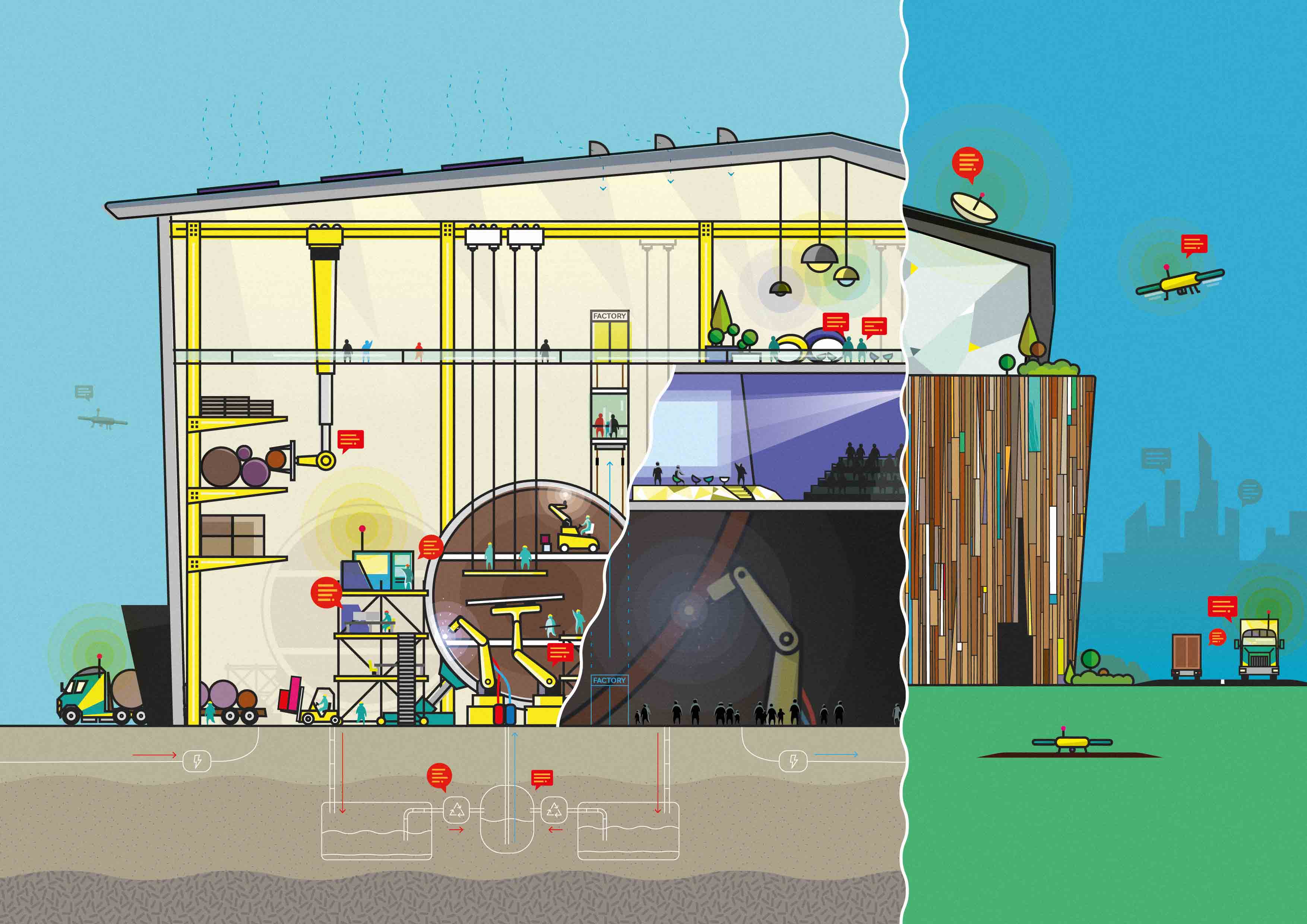
Big data, technology, and 3D printing
The utilization of 3D printing—or more accurately, additive manufacturing—will allow manufacturing to be more mobile and dispersed. Factory locations are therefore likely to become both more varied and closer to the consumer, including the emergence of nontraditional spaces such as small offices in a city center. This will allow production to take place closer to the point of use, lowering transport costs and emissions.
Intelligence based on Big Data, advanced analytics, and the Internet of Things will create new opportunities for competitive advantage. Analysis of data will reveal detailed customer insights, identify new product opportunities sooner, and get new products and designs to market faster. Additive manufacturing and digital technologies will also make this mass customisation, faster, easier and more affordable.
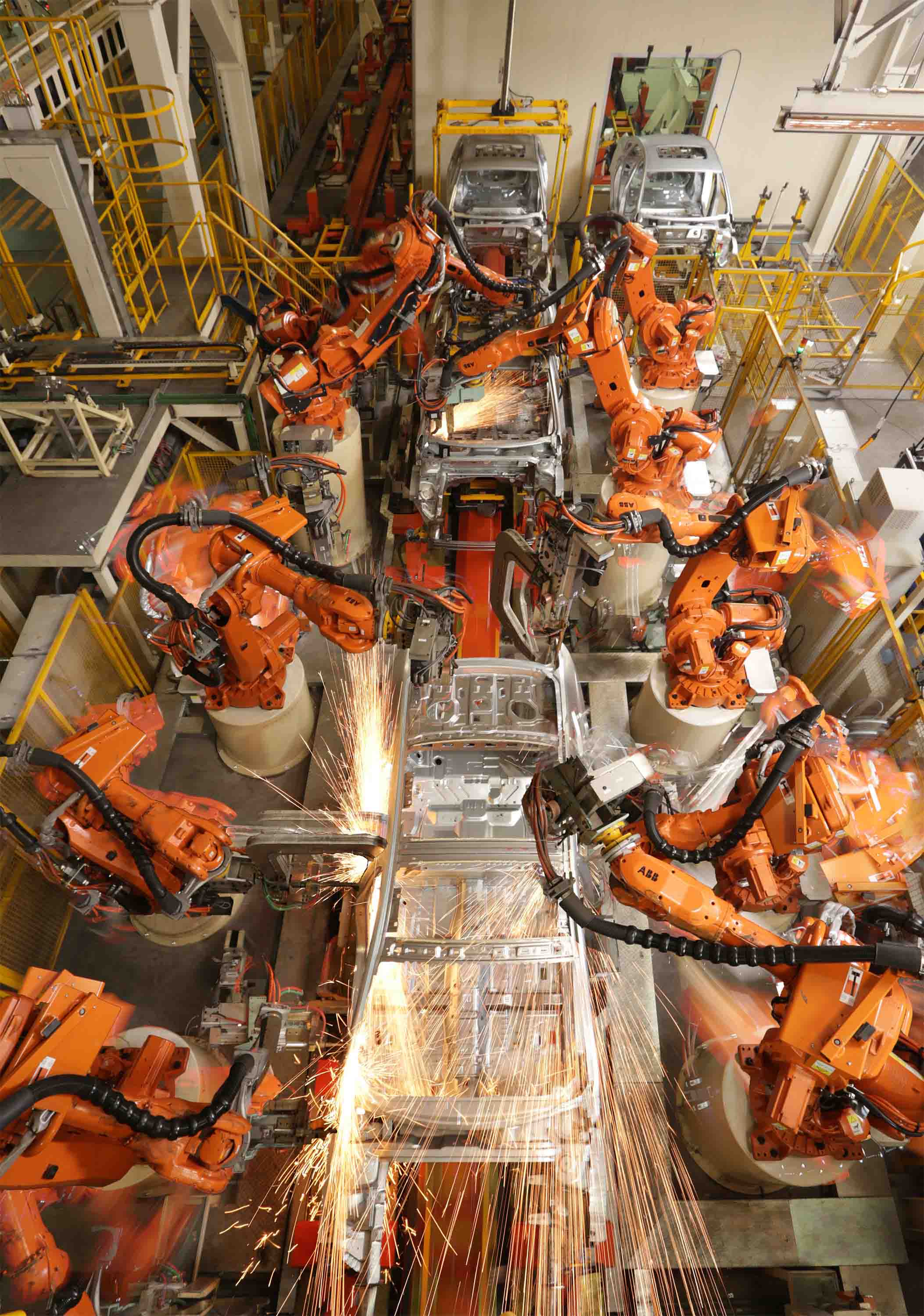
Resilient and Adaptive Spaces
Flexibility will be critical to tackling changing consumer demands and shifting market trends. Factories will be adaptable, with modular building techniques to enable efficient re-scaling and diversification of production across various locations. This will also allow energy, water, and material consumption to be managed more effectively in an increasingly constrained resource market, while producing an environment best suited to meet the multiple needs of its highly skilled workforce.
Using tools such as BIM in factory design, planning and management will play a critical role in allowing manufacturers to foresee and mitigate issues based on access to resources, location choices, weather risks and transportation needs.
The design of the factory will also be more focused on consumer experience, utilising the factory as a showroom. The concept of the "transparent factory" will gain increased importance as more people get involved in making products or as they expect closer insight into how products are manufactured, especially at a customised level. The opportunity for factory owners and operators lies in adapting their existing spaces to enable these types of experiences to take place.
“The convergence of the physical and digital worlds means that manufacturers have to continue to adapt and adopt new processes quicker than ever before," Duncan White, Science and Industry Leader at Arup said in a press release. "While developing sustainable and resilient practices will be essential, having access to a skilled pool of workers will prove to be equally important and challenging as these changes are made. As such, it is critical that companies and policy-makers have a comprehensive understanding of the changing manufacturing landscape."
Rethinking the Factory is part of Arup’s Future of… series that envisages the possible futures by highlighting innovations from around the world. Previous reports include the Future of Highways, Future of Rail, Cities Alive, and It’s Alive.
For further information on Rethinking the Factory please download the report.
Related Stories
BIM and Information Technology | Aug 9, 2016
How to improve a project presentation with animated GIFs
Animated GIFs are a simple tool that can explain a large amount of intricate information in an easy to understand, streamlined manner.
BIM and Information Technology | Jul 25, 2016
Autodesk’s LIVE turns designs into video game-like experiences
Users can adjust navigation points, render styles, and even the time of day, with fluid and quick controls.
Building Tech | Jul 14, 2016
Delegates attending political conventions shouldn’t need to ask ‘Can you hear me now?’
Each venue is equipped with DAS technology that extends the building’s wireless coverage.
BIM and Information Technology | Jun 14, 2016
Autodesk and Trimble will share APIs to develop products that improve user workflow
Data and document management is likely to benefit the soonest.
BIM and Information Technology | Jun 13, 2016
The race to digitize the globe with 3D imagery
Tech firms are creating a highly-detailed virtual planet available instantly for those who would like to scrutinize it. SmithGroupJJR's Stephen Conschafter details the new technologies being used to map our world.
BIM and Information Technology | Jun 7, 2016
Conquer computational design: 5 tips for starting your journey
Data-driven design expert Nathan Miller offers helpful advice for getting your firm ready to use CD tools and concepts.
BIM and Information Technology | Jun 7, 2016
6 ways smart AEC firms are using computational design methods
Rapid prototyping, custom plug-ins, and data dashboards are among the common applications for computational design.
BIM and Information Technology | May 20, 2016
AIA and Autodesk introduce new feature to automate 2030 Commitment reporting data
The new automated connection will allow the more than 350 AIA 2030 committed firms to report their project and portfolio performance to the DDx directly from Autodesk Insight 360.
AEC Tech | May 10, 2016
Thornton Tomasetti launches new tech company
TTWiiN initially features six products and will add more via its own incubator.
Sponsored | BIM and Information Technology | May 10, 2016
Advanced laser scanning technology supports data collection and modeling efforts for Missouri’s Iatan 1 Power Plant
For the installation of a new heat exchanger, the power division of Black & Veatch contracted an engineering firm to laser scan the site, make a piping model in Autodesk® Revit®, and export it into AutoCAD® to deliver results.


